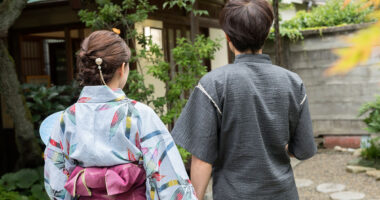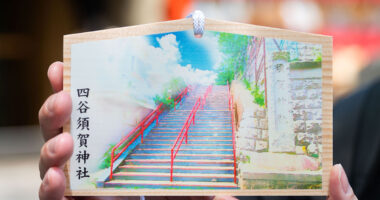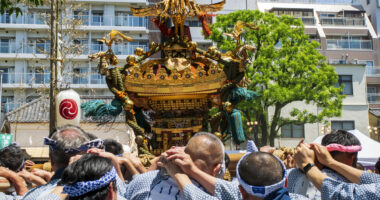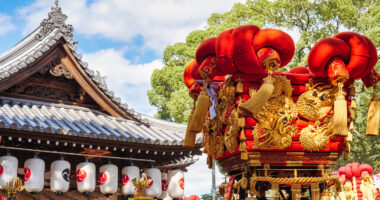Japan is a country with diverse climate conditions and unique regional features, which can make packing for a trip somewhat challenging. This guide will help you understand the basics of Japan’s climate, introduce the regional differences, and provide you with essential packing tips for each season and region. By following these guidelines, you’ll be well-prepared for your visit to Japan, no matter the time of year or destination.
Japanese Seasons and Their Characteristics
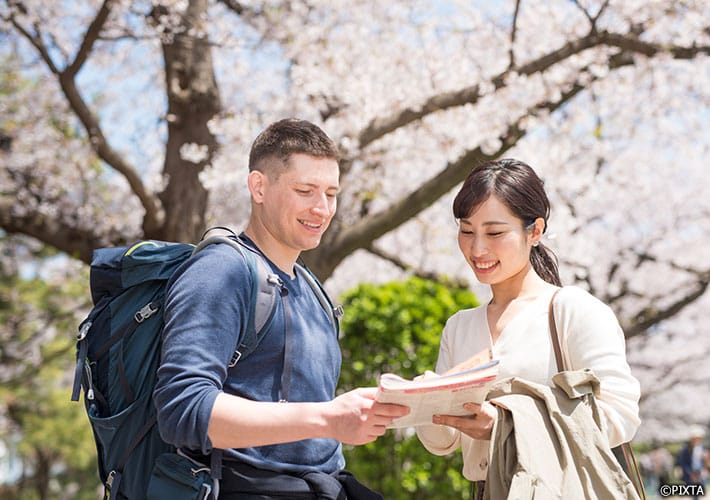
Spring in Japan is famous for cherry blossoms.
Spring (March-May) and Fall (September-November) are considered the most comfortable seasons in Japan, as temperatures are mild and the weather is generally pleasant. Spring is famous for its cherry blossoms, while fall is known for its vibrant autumn foliage. Layering is essential during these seasons, as temperatures can fluctuate throughout the day.
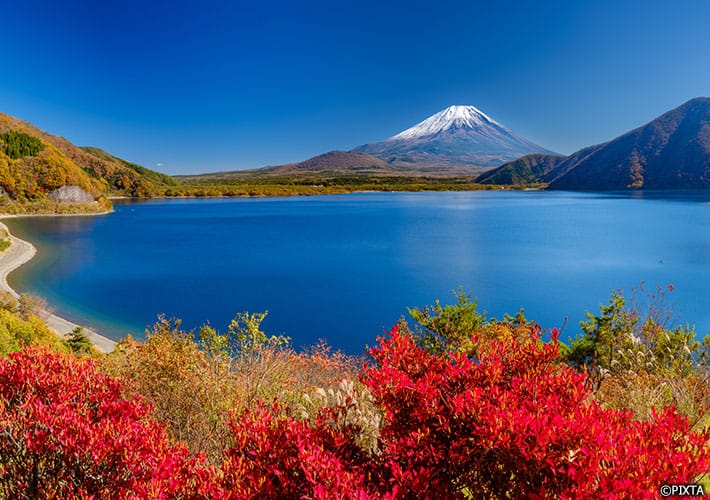
Vibrant autumn foliage against the backdrop of Mount Fuji.
Summer (June-August) can be hot and humid, especially in the central and southern parts of Japan. The rainy season (late May-July) also falls within the summer months, bringing increased precipitation and humidity. Lightweight, breathable clothing is recommended, along with rain gear to stay dry during the rainy season.

Having lightweight, breathable clothing makes Japan’s heat and humidity more bearable.
Winter (December-February) can be quite cold, particularly in northern Japan, where heavy snowfall is common. In contrast, the southern regions of Japan experience milder winters. Warm clothing and appropriate snow gear are necessary for those traveling to colder regions.
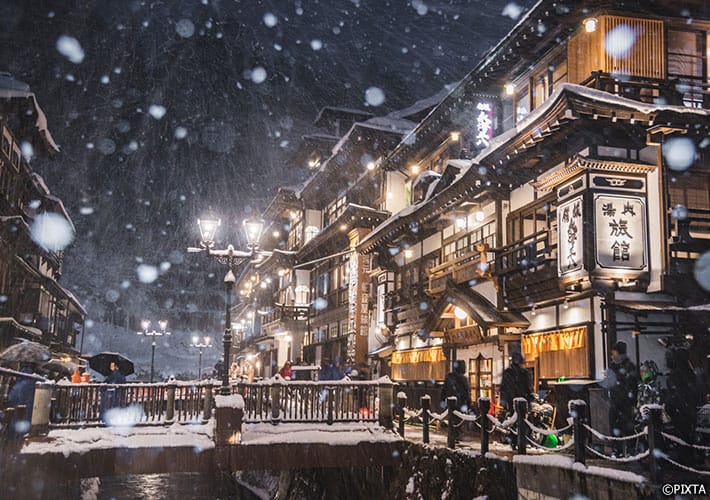
Unless you’re traveling to the south of Japan, be sure to dress warmly in winter.
Packing List: Clothing and Items for Your Trip to Japan
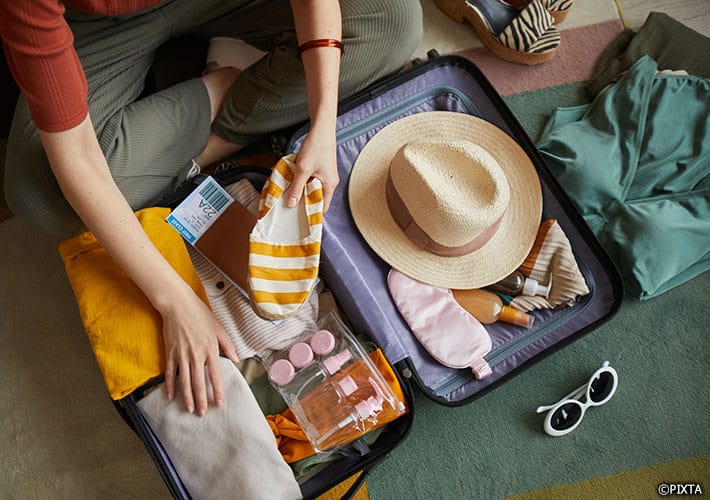
Basics
No matter when and where you’re visiting Japan, there are some essential items to include in your packing list. These items include:
- Lightweight, versatile clothing that can be easily layered
- Comfortable walking shoes or sandals for warmer weather*
- A lightweight, waterproof jacket or umbrella for unexpected rain
- Travel-sized toiletries and a small first aid kit
- Electrical adapter and portable charger for your electronic devices
*If you’re only traveling with sandals, you may want to bring along a pair of socks since some restaurants require you to remove your shoes, as is the custom if you’re invited to a home.
Northern Japan
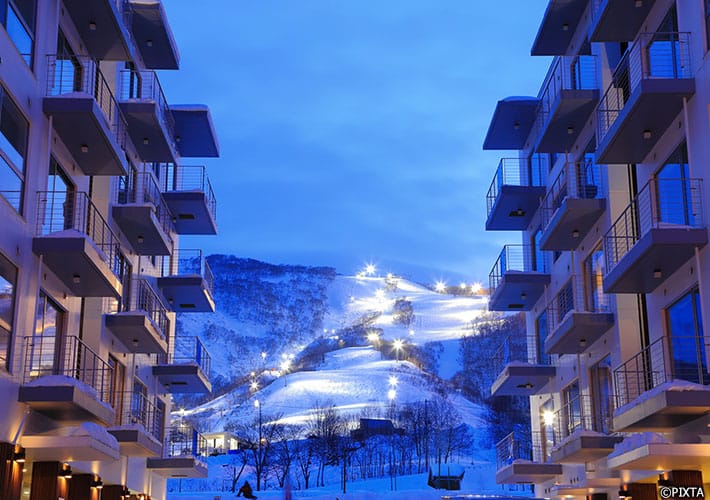
Niseko ski resort in Hokkaido.
Northern Japan, including Hokkaido and the Tohoku region, experiences colder temperatures and heavier snowfall during the winter months. If you’re visiting this region, be sure to pack:
- Warm layers, such as thermal underwear, sweaters, and fleece jackets
- A heavy, waterproof coat and insulated boots for snowy conditions
- Gloves, hats, and scarves to protect against cold temperatures and wind
- Moisturizing lotion and lip balm to combat dry skin caused by the cold weather
Southern Japan
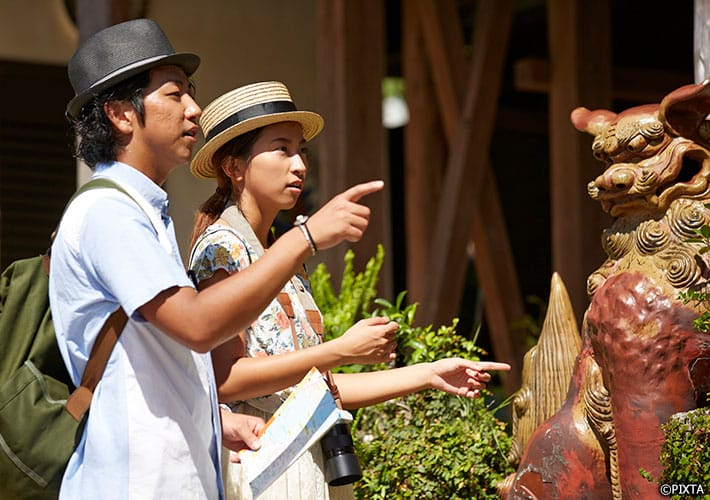
Dressed apporpriately for a trip to Okinawa.
Southern Japan, encompassing Kyushu, Okinawa, and the Ryukyu Islands, experiences a milder climate with warmer temperatures and higher humidity. When visiting this region, consider packing:
- Lightweight, breathable clothing to stay comfortable in the heat and humidity
- A hat and sunglasses for sun protection
- Swimwear and a beach towel if you plan on visiting the beach or participating in water activities
- Insect repellent and after-bite care for potential mosquito encounters
Rainy Season
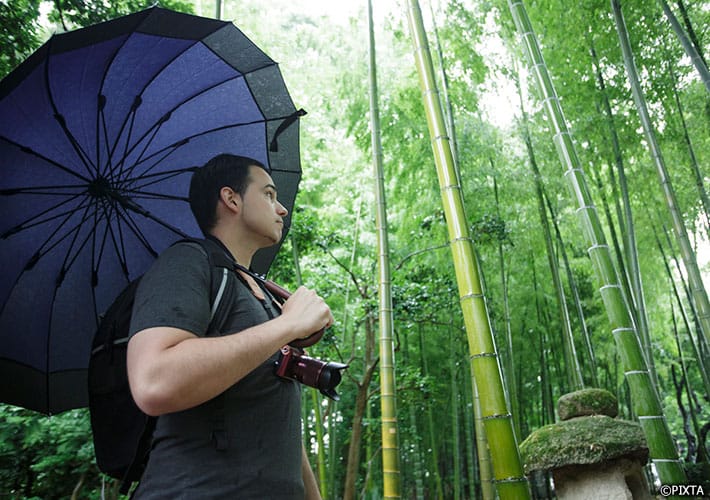
Enjoying Japan during the rainy season.
If you’re visiting Japan during the rainy season, you’ll need to be prepared for wet weather. Some essential items for the rainy season include:
- A lightweight, waterproof raincoat or poncho
- An umbrella
- Waterproof shoes or sandals
- Quick-drying clothing, such as moisture-wicking fabrics or synthetic materials
- A dry bag or waterproof pouch to protect your belongings from water damage
Understanding Japan’s unique climate and regional variations is essential for a successful trip. By packing the appropriate clothing and essentials for the season and region you plan to visit, you can ensure a comfortable and enjoyable experience. Remember to consider the weather and activities you’ll be participating in when packing your suitcase, and enjoy your time in Japan!





